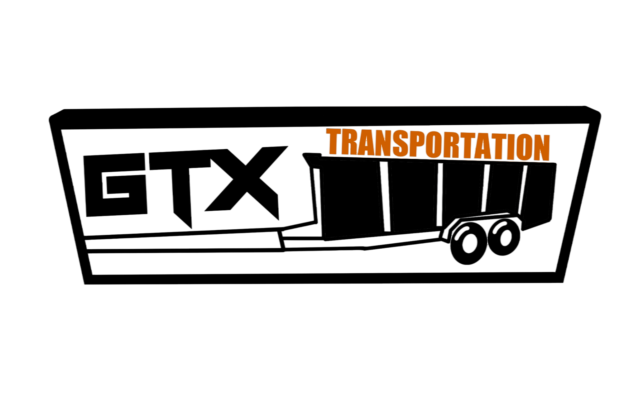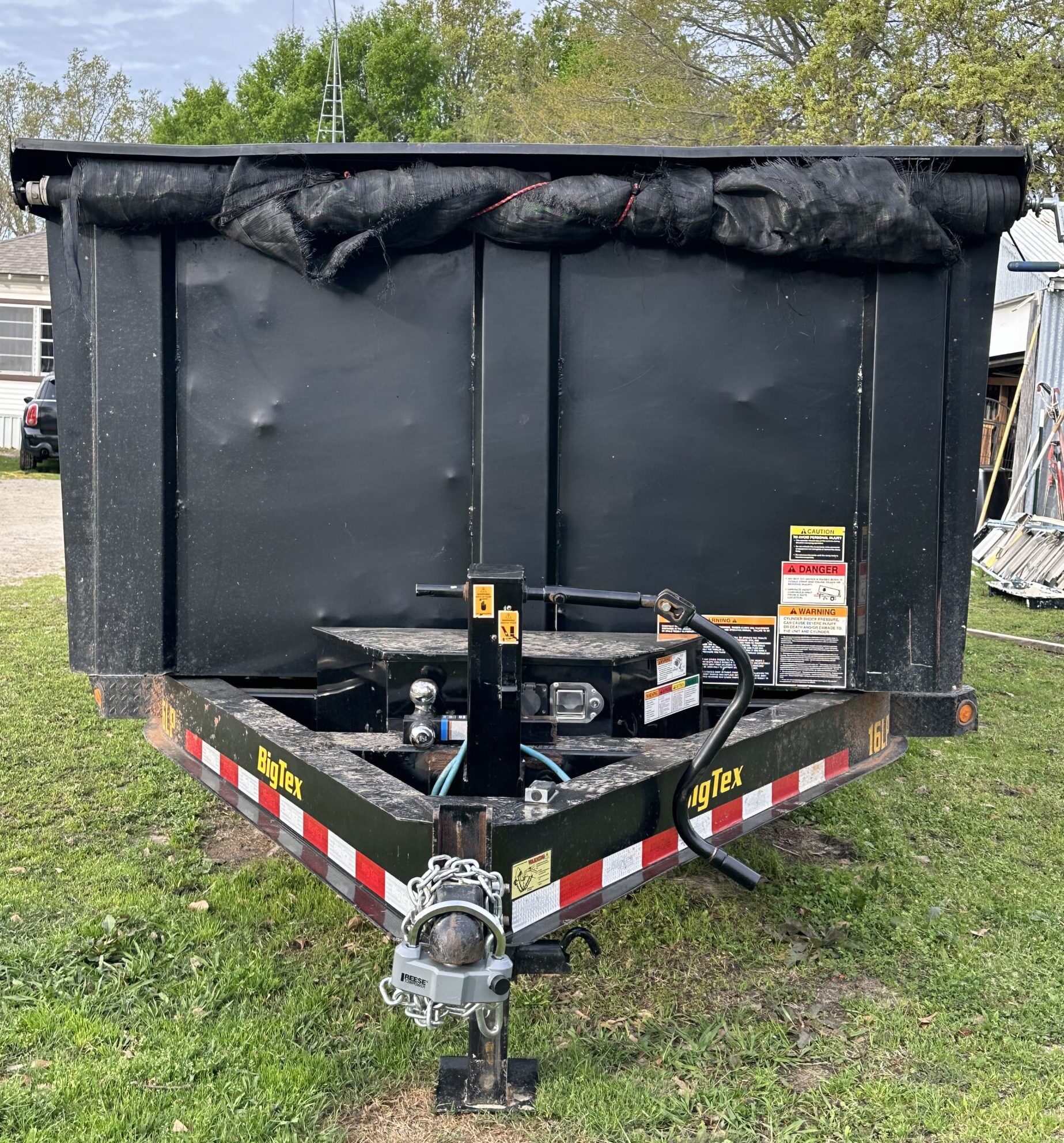Are you planning a move or transporting goods in the Dallas-Fort Worth (DFW) area? Ensuring that you load your trailer efficiently is key to a smooth and successful journey. Whether you’re moving furniture across town or hauling equipment for a project, understanding the principles of proper loading can save you time, money, and headaches. In this guide, we’ll explore how to load a trailer for maximum efficiency, ensuring safe transportation and protecting your cargo.
1. Plan Your Load
Before you start loading, take some time to plan your strategy. Consider the weight distribution of your cargo and how it will affect the trailer’s balance. Heavy items should be placed towards the front of the trailer, close to the hitch, to prevent swaying. Lighter items can be placed towards the back. Distributing weight evenly from side to side will also help maintain stability.
2. Use Ratchet Straps and Tie-Downs
Securing your cargo properly is crucial for safe transportation. Invest in quality ratchet straps and tie-downs to prevent shifting during transit. Anchor heavy items securely to the trailer floor or walls, and use additional straps to secure lighter items on top. Make sure all straps are tightened properly to prevent any movement while driving.
3. Utilize Vertical Space
Maximize the space in your trailer by stacking items vertically. Place larger, heavier items on the bottom and stack lighter items on top. This not only saves space but also helps distribute weight evenly throughout the trailer. Use tie-downs to secure stacked items and prevent them from toppling over during transit.
4. Consider Trailer Weight Limits
Every trailer has a maximum weight capacity, including both the cargo and the trailer itself. Exceeding this limit can be dangerous and may result in damage to the trailer or loss of control while driving. Check the manufacturer’s guidelines for your specific trailer and make sure you stay within the recommended weight limits.
5. Balance and Stability
Maintaining balance and stability is crucial for safe towing. Avoid overloading one side of the trailer or placing too much weight at the rear. A well-balanced load will reduce the risk of swaying and fishtailing while driving. Periodically check your load during transit to ensure everything remains secure and properly positioned.
6. Secure Loose Items
Before hitting the road, double-check that all items are securely fastened and there are no loose objects in the trailer. Loose items can become projectiles during sudden stops or turns, posing a safety hazard to you and other drivers on the road. Take the time to properly secure everything before you start your journey.
7. Test Your Setup
Once you’ve loaded your trailer, take a moment to test the setup. Attach the trailer to your vehicle and perform a brief test drive to ensure everything feels stable and secure. Pay attention to any unusual noises or movements that could indicate a problem with your load. Making adjustments now can prevent issues later on.
Conclusion
Properly loading a trailer is essential for a safe and efficient journey, whether you’re moving across town or across the country. By planning your load, securing your cargo, and maintaining balance and stability, you can ensure a smooth transportation experience every time. Remember to always follow manufacturer guidelines and stay within weight limits to protect yourself, your cargo, and other drivers on the road. With these tips in mind, you’ll be ready to hit the road with confidence and peace of mind. Happy towing!
If you’re in the DFW area and need a reliable trailer rental service, contact GTX Transportation for all your transportation needs. Visit our website or give us a call to learn more!
GTX Transportation
469-432-5113

